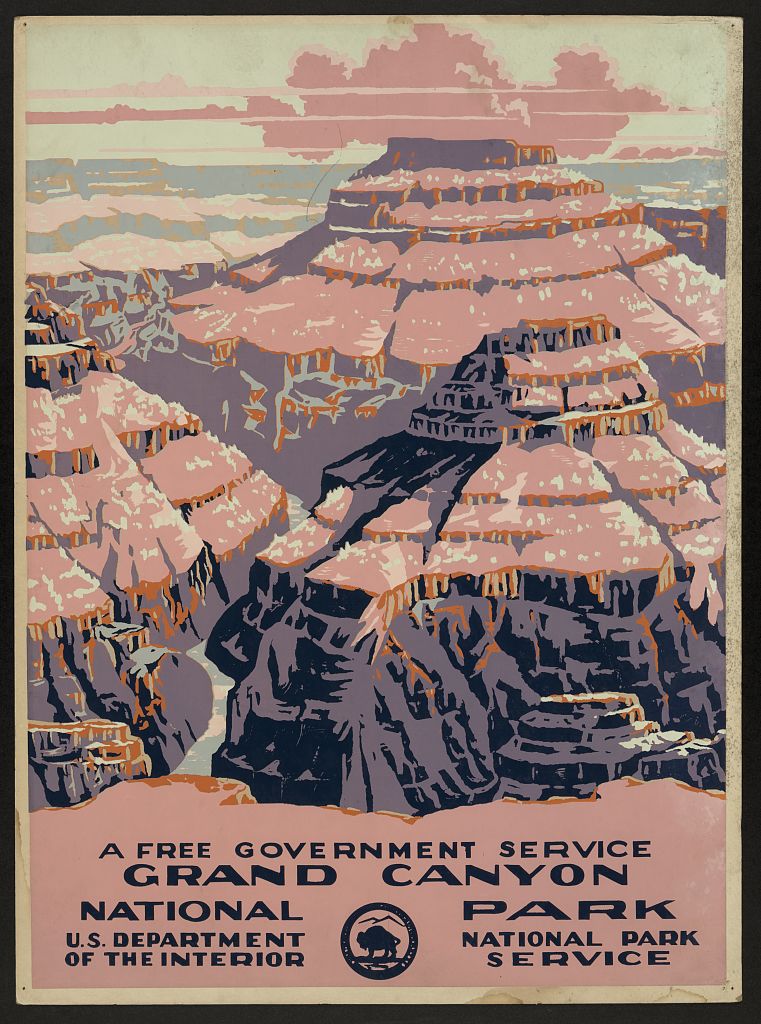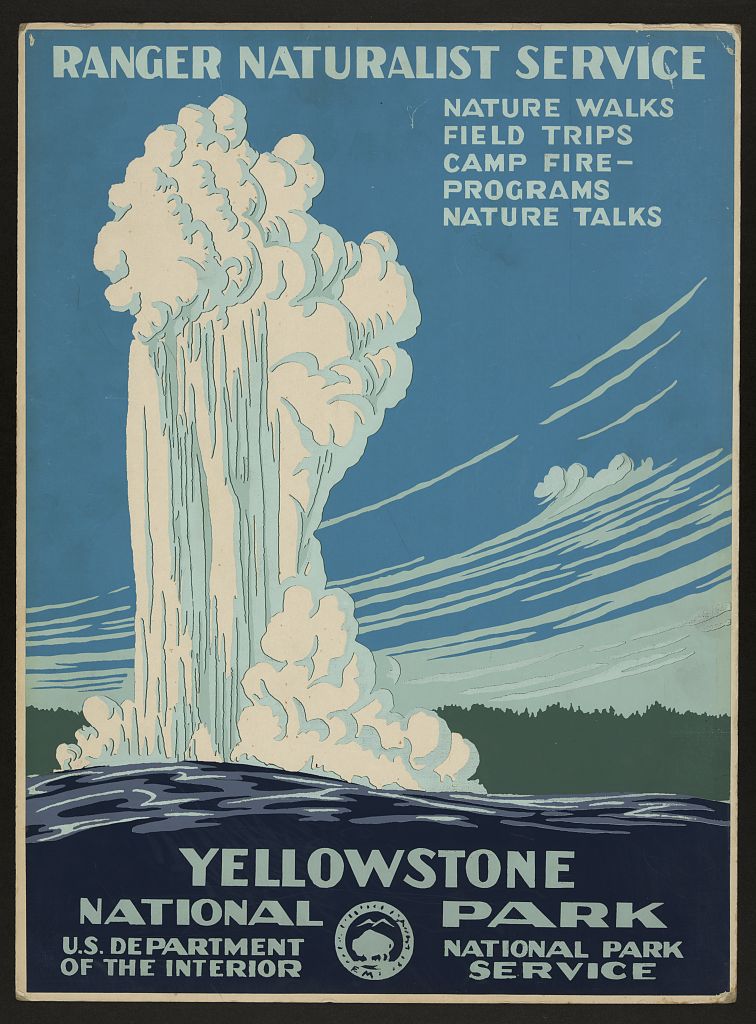
Sunset in Grand Canyon National Park as seen from Grand Canyon Village. (Photo courtesy of the National Park Service)
We reported in July on Interior Secretary Ryan Zinke’s re-evalution of the national monuments created by the Obama administration. That interim report pegged Bears Ears National Monument in Utah as a sure bet for alteration. The monument as designated by Obama encompasses more than 2,000 square miles long argued over by environmentalists, native tribes and energy, ranching and development interests. At that time any reduction would have been unprecedented and left some experts wondering if it’s even legal.
Well, now we know the score — and it is far worse than expected. According to The New York Times:
President Trump said he would dramatically reduce the size of a vast expanse of protected federal land in Utah on Monday, a rollback of some 2 million acres that is the largest in scale in the nation’s history.
The administration said it would shrink Bears Ears National Monument, a sprawling region of red rock canyons, by about 85 percent, and cut another area, Grand Staircase-Escalante, to about half its current size. The move, a reversal of protections put in place by Democratic predecessors, comes as the administration pushes for fewer restrictions and more development on public lands.
The decision to reduce Bears Ears is expected to trigger a legal battle that could alter the course of American land conservation, possibly opening millions of protected public acres to oil and gas extraction, mining, logging and other commercial activities.
Under New Management
Neither Donald Trump nor Interior Secretary Zinke has a reputation as a conservationist, much less an environmentalist. And they are certainly not sentimental about the National Park System — what Ken Burns so lovingly titled “America’s Best Idea.” Earlier this year, we reported on Zinke’s tendency to load his advisory councils with industry executives rather than scientists or “the public.”
The removal of any information pertaining to climate change from federal websites is well known. Earlier this year Trump NPS appointees went so far as the prohibit the Glacier National Park superintendent and the climate scientist from accompanying Facebook founder Mark Zuckerberg on a tour of the park. “Gracie the Bark Ranger, the popular border collie who prevents bighorn sheep and mountain goats from getting too close to park visitors, was invited to tag along.”
Of course President Trump did donate the first part of his salary give-back to the National Park Service. The total amount was $78,333, which covers the first 10 weeks Trump was in office. Meanwhile, the president’s budget proposes an overall cut of 12 percent to the Department of Interior, which translates to roughly $1.6 billion less annually and the loss of 4,000 jobs. The cuts to the National Park Service itself will be near 13 percent — around $400 million. This is while Zinke himself admits that “We’re about $229 million behind in deferred maintenance on our battlefields alone.” Altogether in the park system, there is about $11.5 billon in overdue road and infrastructure repair.
High on Trump and Zinke’s agenda is something that can be called “privatization” of the parks. That means that many services currently provided by National Park Service staff will be taken over by contractors — and even more park features will be turned over to concessionaires. Experts debate the amount of the budget cut that this strategy will replace. Currently the situation stands as thus:
Each year, concessionaires generate roughly $1.5 billion in sales from their NPS operations. In 2016, the park service received $113 million in franchise fees from these companies, as well as $30.8 million in other payments including maintenance fees. Revenue from concessions makes up only around 1 percent of the current deferred maintenance costs.
The Fee Increases
Of course there are other ways to make money off the parks. A proposed fee hike from $25 -$30 to $70 per family for 17 of the most popular (the “crown jewels”) national parks was not well received. The parks that would see fee increases include Acadia, Arches, Bryce Canyon, Canyonlands, Denali, Glacier, Grand Canyon, Grand Teton, Joshua Tree, Mount Rainier, Olympic, Rocky Mountain, Sequoia & Kings Canyon, Shenandoah, Yellowstone, Yosemite and Zion. As Audrey Peterman wrote for The Hill, the fee structure will make for a national park “class system.” She states, “the national parks are supposed to be the most egalitarian spaces in our country, veritably the public square.” No park officials are authorized to address fee increases. All questions must go through the office of communications. However EcoWatch has made it easy to make your thoughts know on the fee hike — and the comment period is now extended through December, 22, 2017.
The Drilling Permits
Another revenue stream favored by the new administration is opening up federal land, even those adjacent to pristine national parks, to extraction industries. As The Guardian noted early in Zinke’s tenure:
He has reversed an Obama-era ban on coal mining on public lands, and proposed changes that would shrink the borders of four national monuments set aside by previous presidents… He’s announced plans to repeal an important fracking safety rule, and loosened safety guidelines for underwater drilling, both major shifts away from Obama-era environmental protection regulations.
One of Zinke’s signature proposals has found its way into the new tax bill. With the agreement of Alaska Sen. Lisa Murkowski, the administration will open a portion of Arctic National Wildlife Refuge, or ANWR, to oil drilling.
The Bottle Ban
The headline from The Washington Post says it all: “The National Park Service showed that its restrictions on bottled water sale worked — then lifted it.” The single-use plastic water bottle ban was put into place in 2011 to help parks cut down on plastic waste. It was in effect in only 23 out of 417 parks, but nevertheless appeared to work. Through Freedom of Information Act requests organizations learned, and reported to The Post: “It resulted in yearly savings of up to 2 million water bottles, according to an estimate in the report, and ‘demonstrates the commitment of the [National Park Service] to environmental stewardship.'” The National Park Service announced the policy rollback as an effort to “expand hydration options for recreationalists, hikers, and other visitors to national parks.”
The nonprofit group Corporate Accountability International noted that reversal of the policy had been high on the bottled water industry’s wish list since it was it was instituted.
Every Kid in a Park: Status Unknown
The future of one of President Obama’s initiatives, “Every Kid in a Park,” remains unknown. The program, created to encourage the introduction of “the sites that belong to all of us” — all those under the governance of the US Bureau of Land Management, US Bureau of Reclamation, National Oceanic and Atmospheric Administration, National Park Service, US Fish and Wildlife Service, US Forest Service and the US Army Corps of Engineers. Under the program every family with a fourth grader was given free admission to all these sites — “so [they] and their families could discover our wildlife, resources and history for free.”
Pushback
Undoubtedly there will be efforts in the courts to undo some of these Trump administration changes. One thing is certain: The parks are more popular than ever — and many suffer from serious overcrowding. According to The New York Times:
In 2016, the National Park Service tracked a record 331 million visits, and after a busy summer, the system is likely to surpass that number this year. In August alone, some 40 million people came through park service gates.
At Acadia National Park in Maine, which was celebrating the NPS’ 100th birthday and its own in 2016 more than 3 million visitors smashed all previous visitation records. According to park superintendent Kevin Schneider, 2017 will at least be on par with, if not surpass, the 2016 record.
According to Jim Tobias, writing for Pacific Standard magazine , the National Park Service may be in violation of law. Tobias notes that “the National Parks and Recreation Act of 1978 explicitly directs the agency to create management plans that identify and implement ‘visitor-carrying capacities for all areas’ of each and every national park.” But with dwindling budgets, disappearing staff and a massive backlog of infrastructure work — the NPS doesn’t look like it will make much headway on this mandate — currently only seven of 108 major park and recreation areas had begun the planning process.
Learn more about the history of the National Park Service, and plan a trip at the NPS.gov website. The Guardian has great ongoing coverage of these issues in its “This Land Is Your Land” section.






